Did you know that over 40 per cent of all the food distributed by the national network of 4,750 food banks and community agencies is fresh?
Due to their strong relationships with Canadian farmers, manufacturers and distributers, the network of food banks in Canada collects hundreds of thousands of pounds of high-quality, fresh food for people experiencing food insecurity through a combination of seasonal gleaning and growing.
From coast to coast to coast, food banks also manage on-site garden beds and greenhouses to prioritize access to fresh produce for their clients.
Improving access to fresh food
To increase the focus of food banks on distributing fresh food in the future, and to ensure that 60 per cent of all the food that is distributed by Canadian food banks is fresh by 2025, Food Banks Canada is investing in the national network to expand and safely handle even more nutritious, perishable products for people affected by food insecurity across the country.
Through various grants and funding opportunities, such as the 2022 Capacity Boost, Food Banks Canada is helping food bank organizations undertake special projects and grow their capacity to help more people.
With contributions from Loblaw Companies Limited, the 2022 Capacity Boost Grant supported food bank organizations in implementing the infrastructure needed to accept, distribute, grow, or safely store perishable food for their clients – including vegetables, fruit, dairy, protein, and eggs – to better meet the needs of the community.
“There’s just been so many more fresh vegetables to give out this year,” W.E. Graham Community Service Society Food Bank Manager Darrian Kolar said.
The W.E. Graham Community Service Society in the Village of Slocan, B.C. is just one of the food bank organizations that was supported through the 2022 Capacity Boost Grant.
To increase the amount of fresh food made available to food-insecure households in the Slocan Valley, the W.E. Graham Community Service Society received funding to add a three-season greenhouse to their plentiful Food Bank Garden.
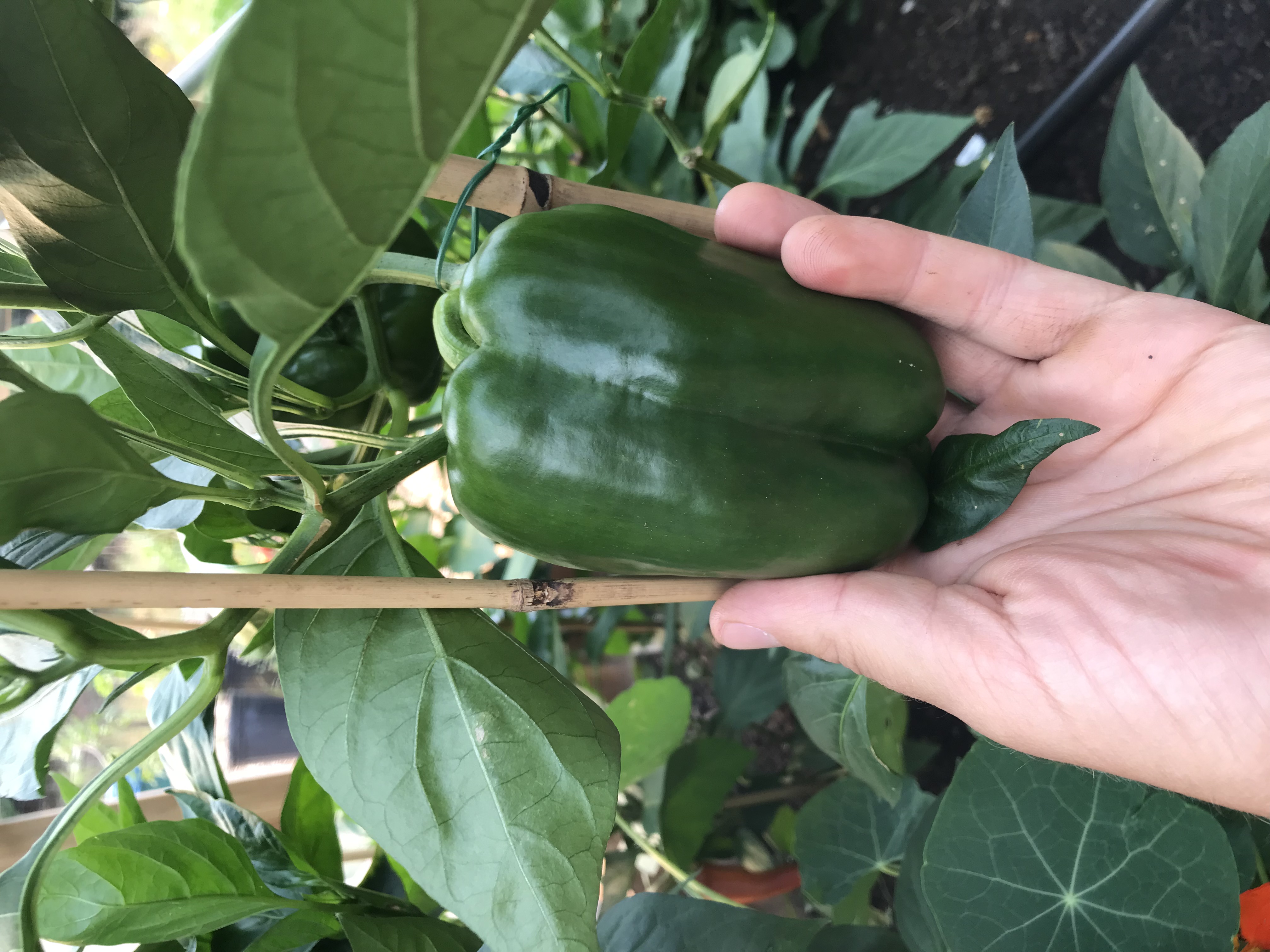
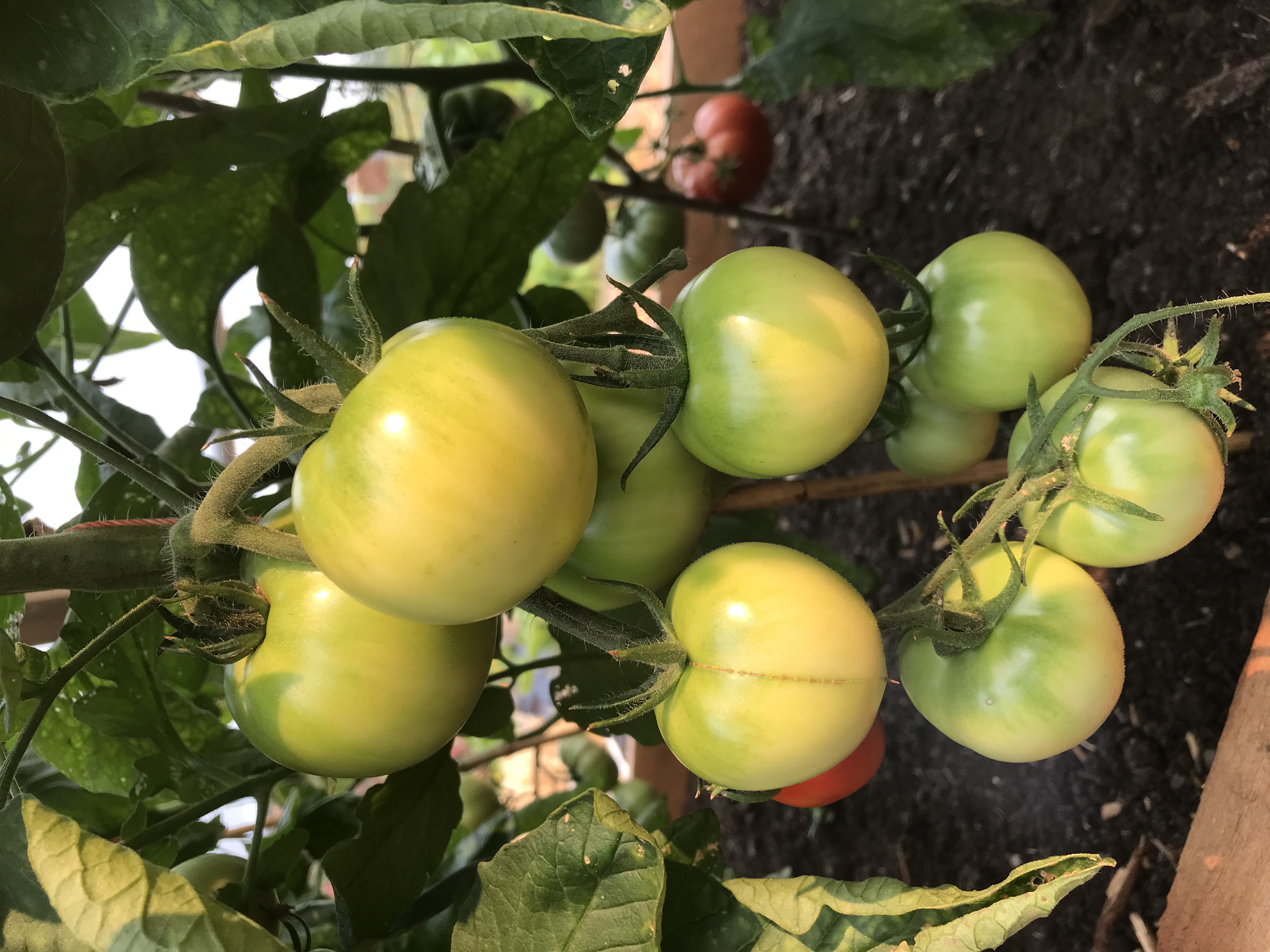
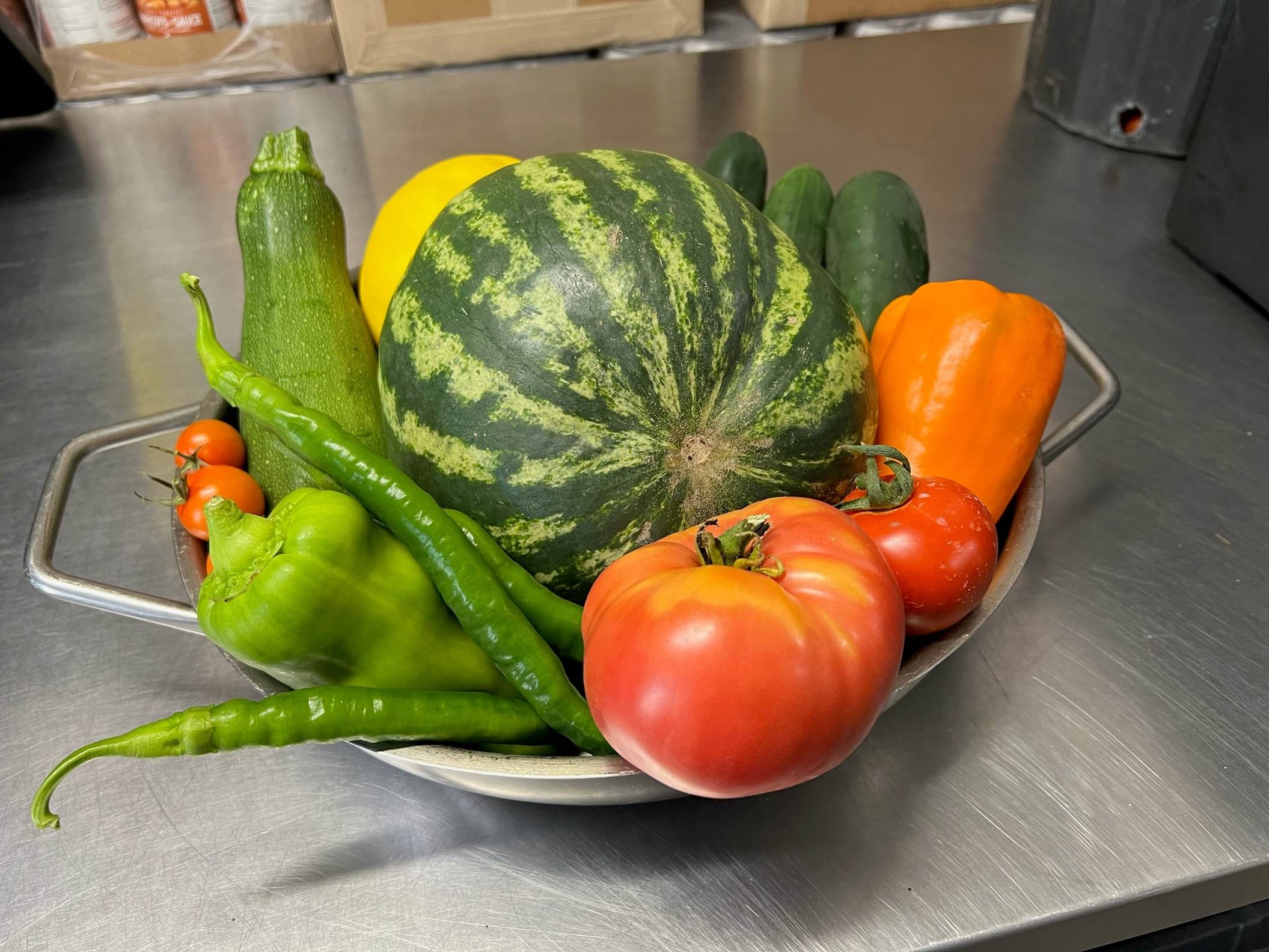
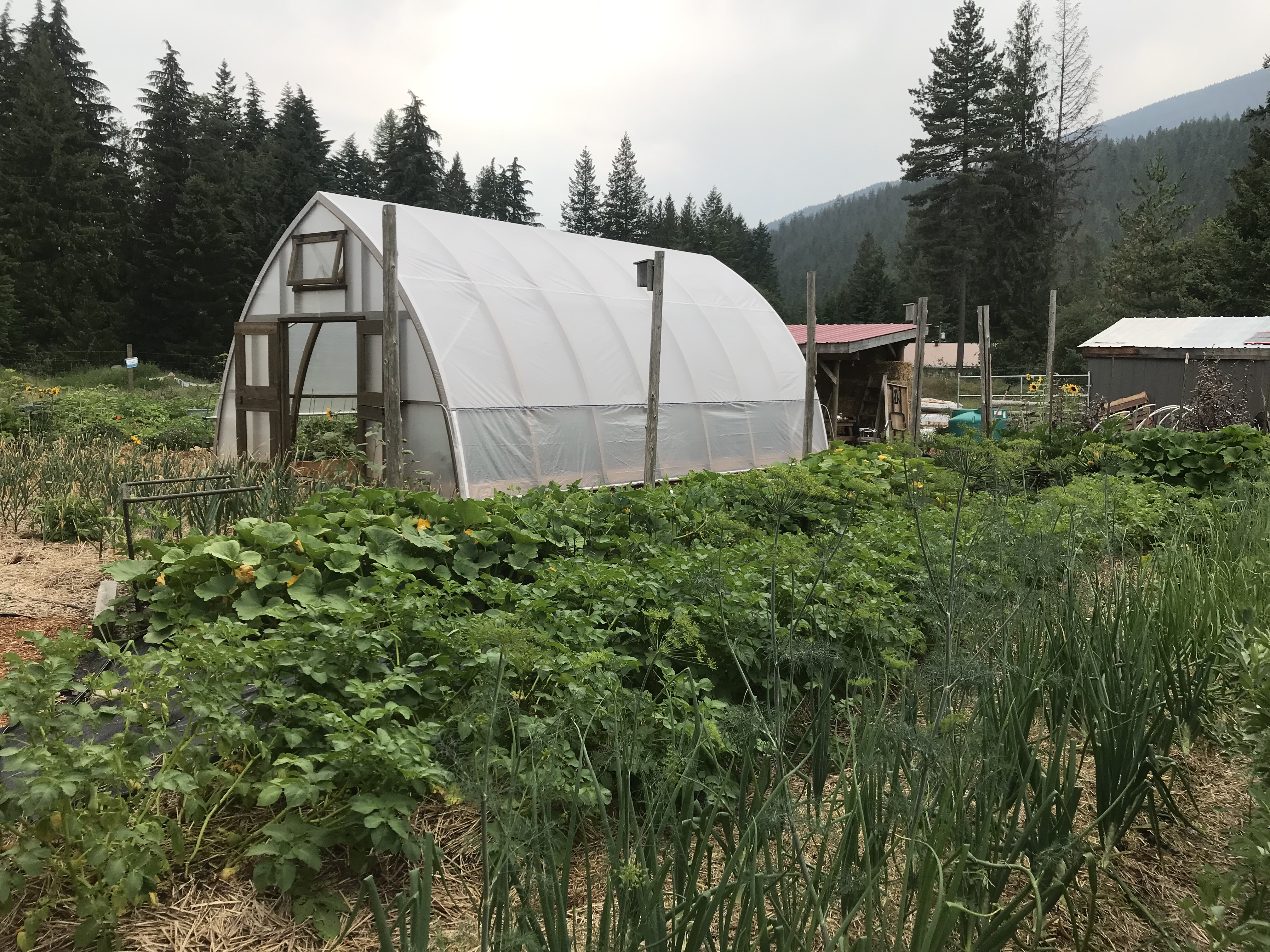
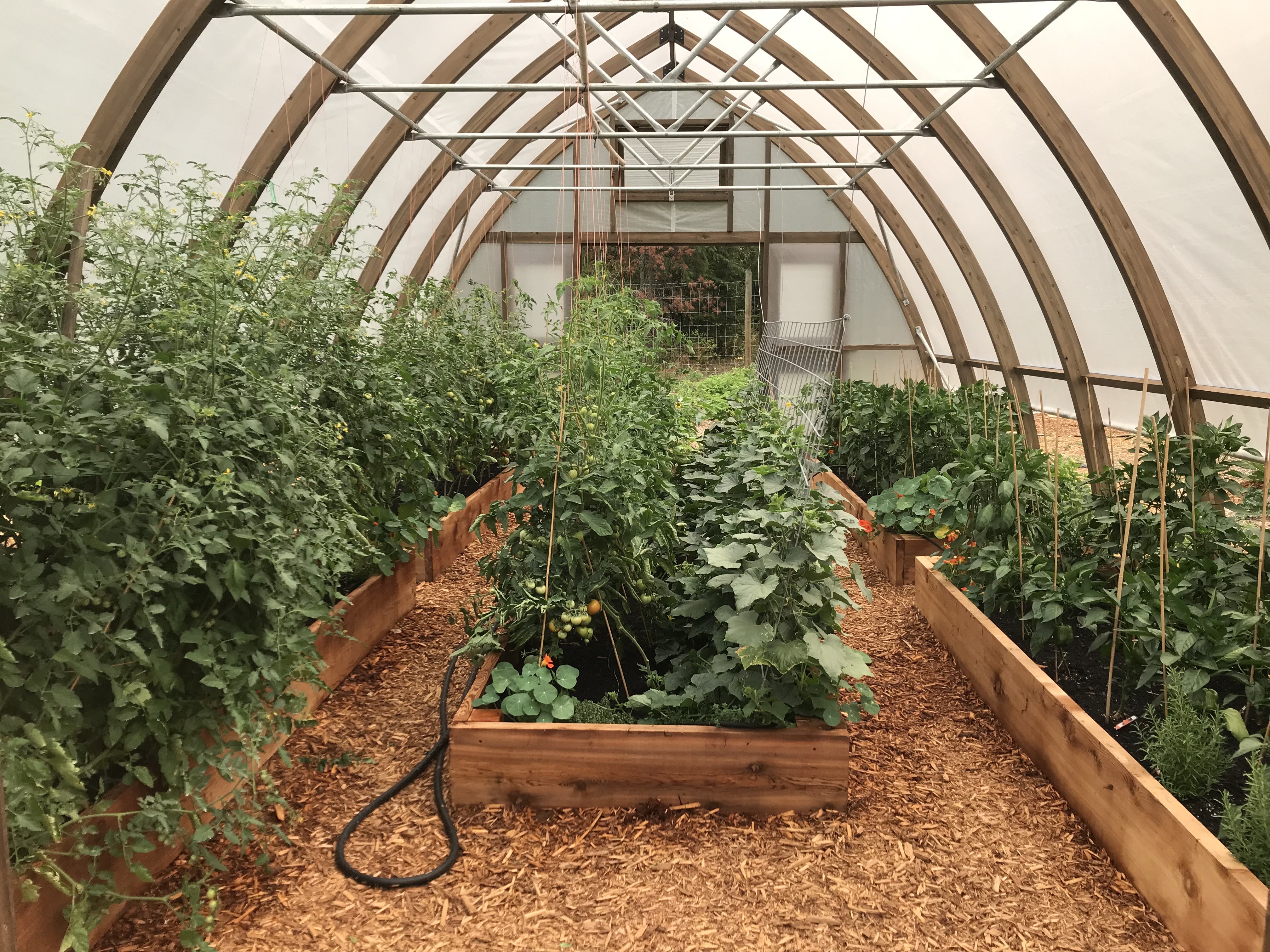
According to Garden Manager Cory Strom, the greenhouse is already helping them grow more food for longer.
“It’s in full bloom now and I’ve got it full of peppers, cucumbers, and tomatoes. It’s doing really, really well,” Strom said. “Things like tomatoes and peppers and cucumbers, they need a really hot, long growing season and having a greenhouse just extends it on both ends.”
The Moosomin Food Share in Moosomin, Sask. used the 2022 Capacity Boost funds it received to build an indoor tower garden, a vertical, aeroponic growing system that manager Samantha Campbell said is making an incredible impact.
“It’s been wonderful. Just having it indoors at the food bank where we’re able to access it every day is amazing,” Campbell said.



Since the garden was created, Campbell said it has helped produce lettuce, herbs, eggplant, tomatoes, peppers and more for the monthly grocery hampers that are distributed to clients in need.
“We’re saving money,” Campbell said. “Even when we have requests for emergency food support, if someone needs that extra little boost, we’re able to go back there and snip off a few pieces of what they need without having to run to the store to buy that produce.”